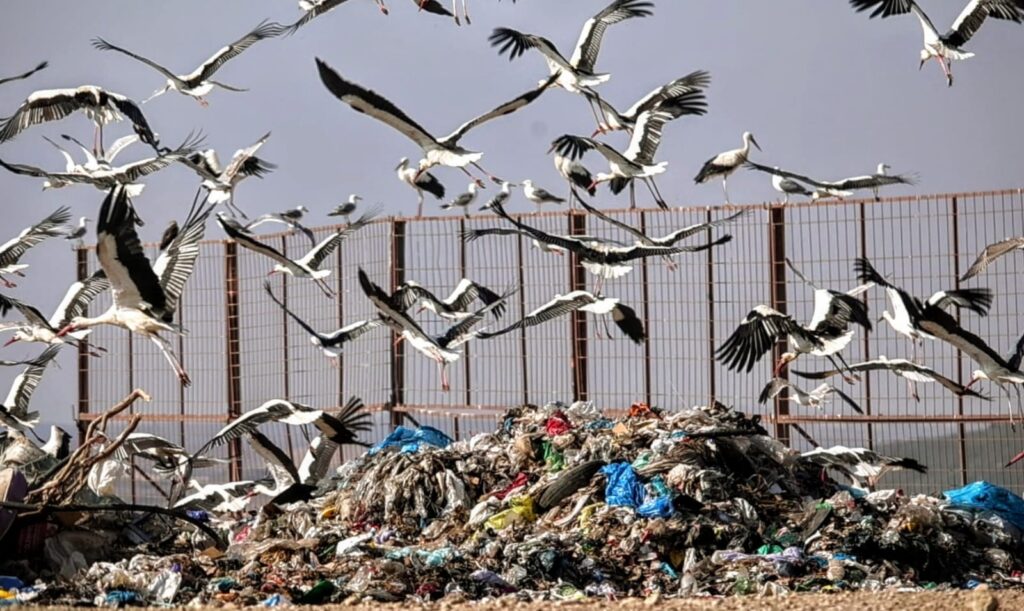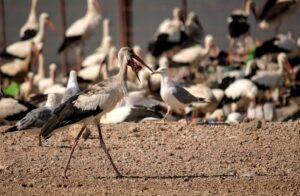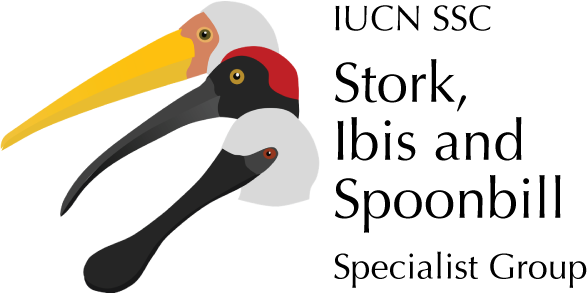
White storks are popular migratory birds that breed in many parts of Europe, but what do they get up to when they are migrating or wintering in other places? Modern tracking technology with GPS loggers is teaching us many exciting things about them. A new study of storks that breed in Germany identifies different habitats used as they move south into Spain and Morocco to spend the winter, and the way they move between these habitats, making ecological connections.

Overall 114 important sites in Spain and Morocco were identified, and their connections made visible forming a network, a bit like a spider’s web. Fourteen different habitat types were used. Seven research groups were involved, but the work was led from the wetland ecology group at Doñana Biological Station. This group is particularly interested in how storks and other waterbirds use coastal and inland wetlands, and their possible influence on these ecosystems.
This study shows just how important landfills are to storks, and how they connect landfills with wetlands, or other nearby habitats. The results are freely available in an interactive map, where anyone can see exactly what sites the storks are using, and how they move between them. There are regional differences, e.g in Andalusia storks make more use of ricefields or salines (solar salt ponds), and in Morocco they often use marshes or agro-forestry.
Storks can move other organisms, or materials, from one place to another in their guts, and when feeding at landfills they ingest plastics that are later regurgitated into wetlands

and other roosting habitats. At landfills they are also exposed to antibiotic resistant bacteria, which they later release in their faeces, sometimes into habitats used to produce food for humans. These are negative effects of stork movements, but there are also positive ones through the way that storks can disperse the seeds of native plants, or the eggs of aquatic invertebrates. On the other hand, a few of the plant and invertebrate species dispersed are alien species.
The spatial network could help people in Morocco or Spain to identify key stork sites for protection or future monitoring. Hopefully, it will also stimulate management measures to reduce the impacts of landfills on the wider environment, or to clear up plastics left by stork flocks in protected wetlands.
Text written by A Andy J. Green and reviewed by Cosme López-Calderón
The article White stork movements reveal the ecological connectivity between landfills and different habitats is available in Movement Ecology.
